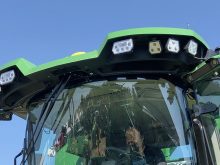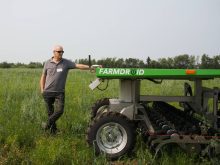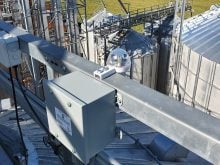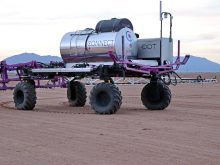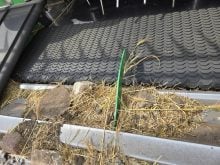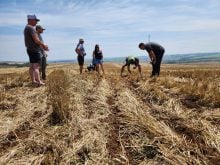Water typically comes to mind when most of us think about moisture conservation.
Agronomists, however, think in terms of humidity.
“Wheat seeds get most of the moisture they need for germination from humidity, not from soil moisture,” says Roger Ashley, an agronomist at the North Dakota Research Farm in Dickinson, N.D.
When he imported nine Cross Slot openers in 2005, he was only the second North American researcher to try them. Ashley’s early research indicates the openers create a good environment for germination.
Read Also
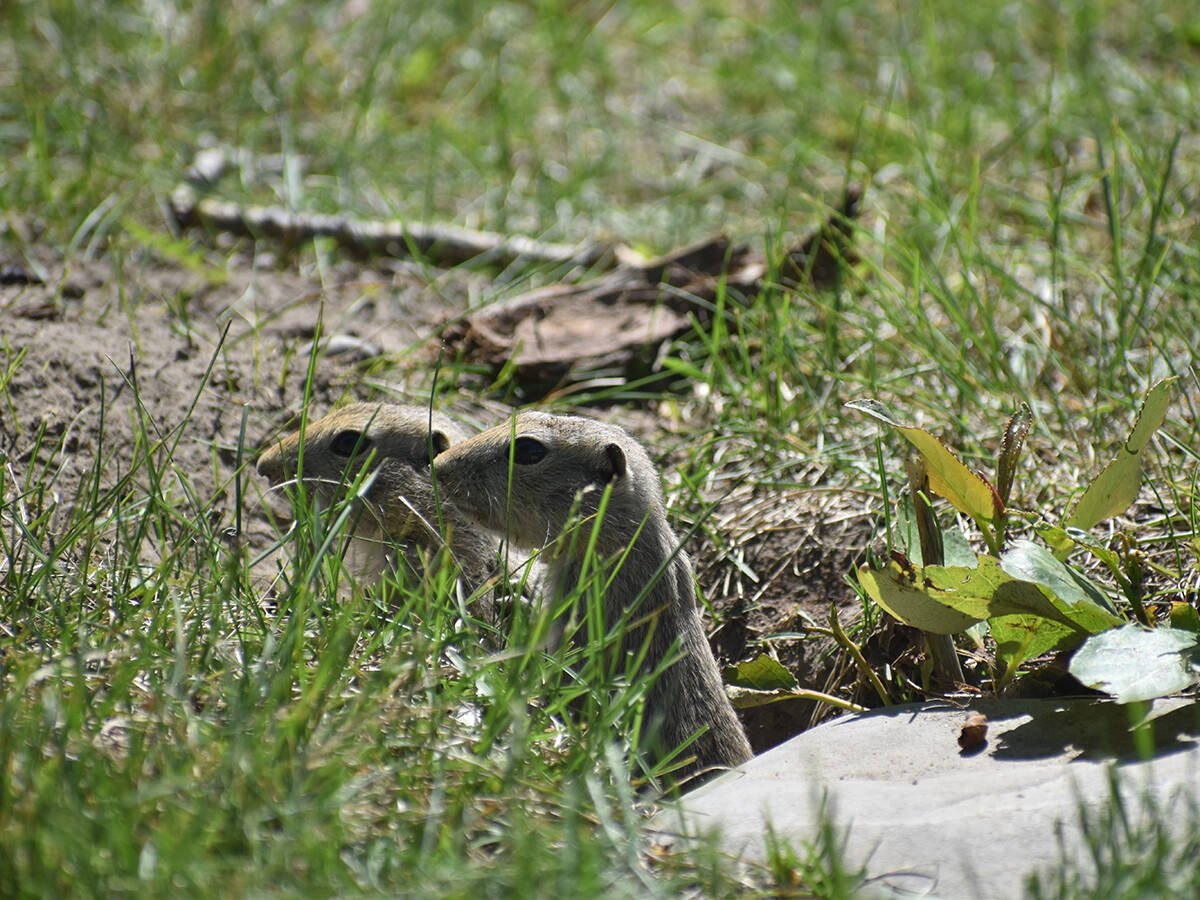
Rural officials hopeful strychnine use will resume
The Saskatchewan Association of Rural Municipalities is taking a verbal commitment from the federal agriculture minister on strychnine use as a good sign.
“Even with excellent soil-seed contact, at least 85 percent of the water is imbibed by the seed in the form of vapour.”
Ashley said the New Zealand engineers who developed the Cross Slot concept were obviously thinking of vapour conservation because the hefty twin press wheels are an important part of their plan. The semi-pneumatic press wheels are three inches wide, 16 inches in diameter and follow each opener.
“The press wheels come along to close the slot and seal everything up tight in that moist environment,” Ashley said.
In one of his first Cross Slot trials, Ashley seeded directly into an old alfalfa stand that had been sprayed with glyphosate and then baled off.
“We went in just a few days after baling and seeded a grass mixture with our Cross Slot drill. The seed went to the left side and we put 75 pounds of fertilizer over to the right side. We seeded on a Monday. We were lucky because the conditions were very good. By Friday, we had emergence.”
He said the vertical centre line slot, which was disturbed by the coulter, is still visually distinguishable after seeding, but the press wheels pack it firmly.
“We’ve seeded at speeds ranging from one m.p.h. up to seven m.p.h. and I’d say there’s very little difference in soil disturbance. When everything is adjusted correctly, the Cross Slot leaves a very smooth field surface.”
Cross Slot says the system can run at speeds up to 10 m.p.h. In variable conditions, the hydraulic pressure automatically increases when the soil is harder and decreases when it encounters softer soil, so the seeding depth remains constant. This automatic feature can also be manually controlled. Ashley said his field work indicates uniform seeding depth.
He said farmers in Washington state have successfully put down 300 lb. of urea fertilizer while seeding spring wheat, without injury to the seed. They have also seeded on side slopes up to 52 percent, or 47 degrees.
Ashley’s research shows the draft requirements for a Cross Slot opener are 25 to 50 percent higher than a vertical triple disc opener.
The weight required to maintain the correct seeding depth for the Cross Slot is only 25 percent of the weight required by the vertical triple disc opener.
Compared to a one-inch wide hoe opener, the Cross Slot requires the same amount of weight. It requires twice the weight of a single disc opener.
“Most soil where the drill was operated required from 750 p.s.i. to 1,000 p.s.i. in the hydraulic system to penetrate soil in grain fields,” Ashley said.
“In a sod hay field under dry July conditions, the drill required 1,350 p.s.i. to place seed at the desired depth.”
In the North Dakota fields where the Cross Slot system was tested, residue levels varied from 500 to 3,300 lb. per acre.
Ashley said he thinks the Cross Slot can be added to most North American built drill frames without major modifications.



